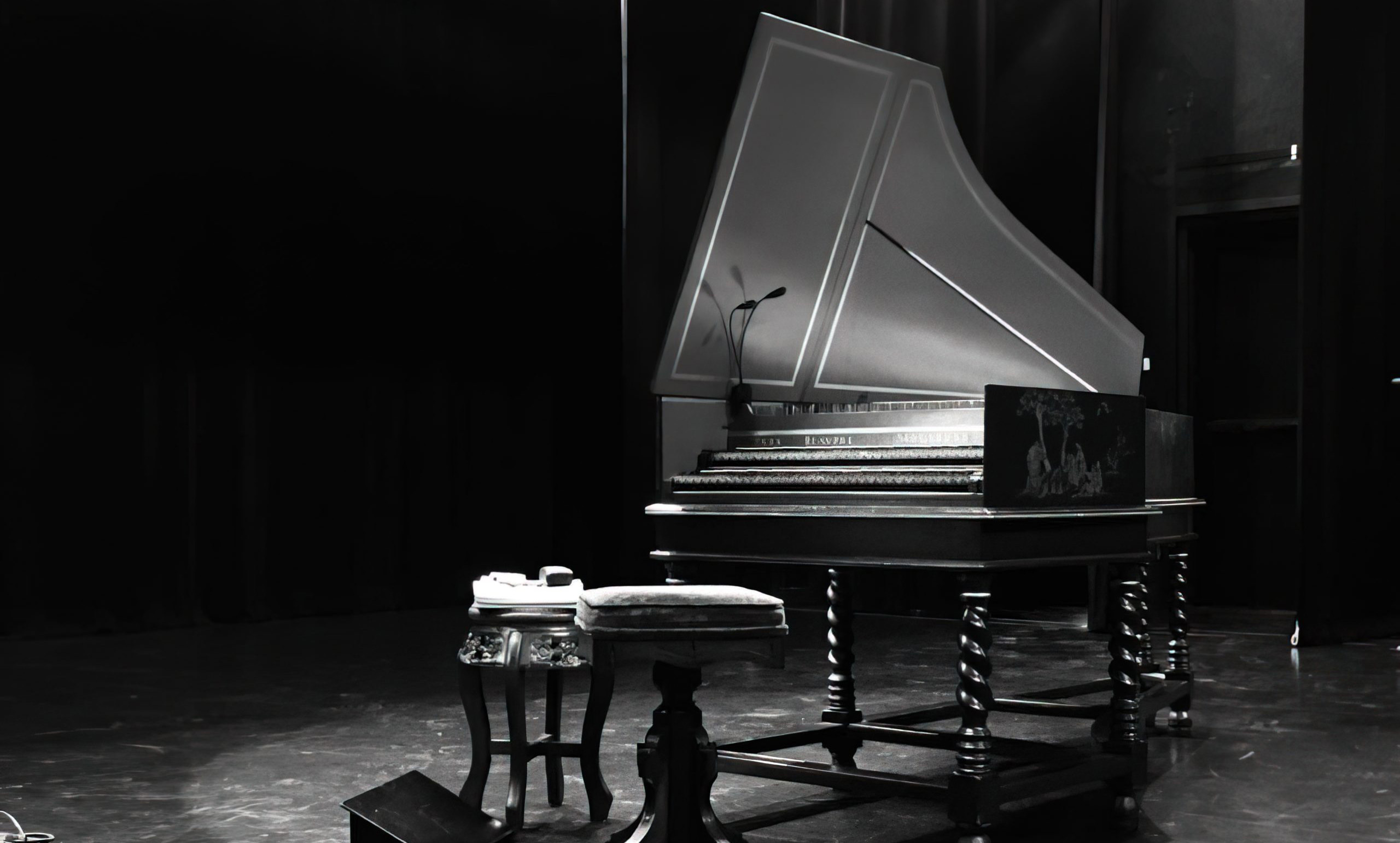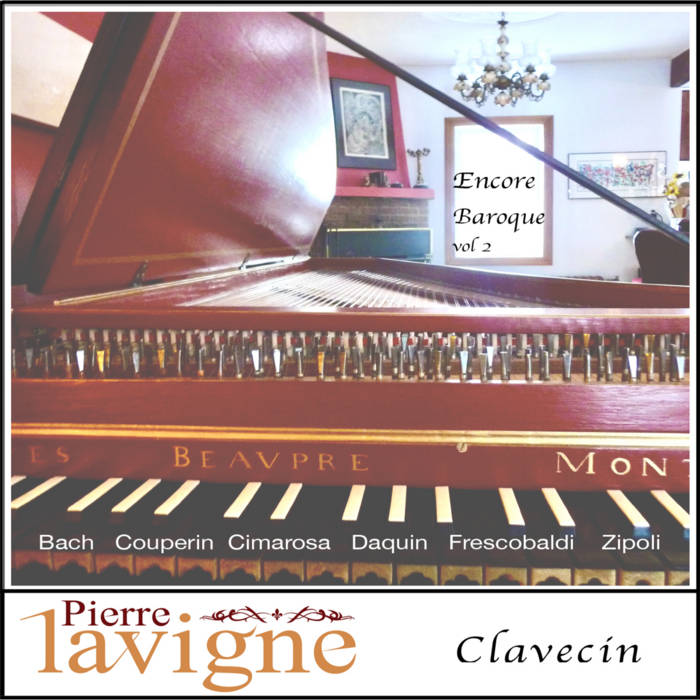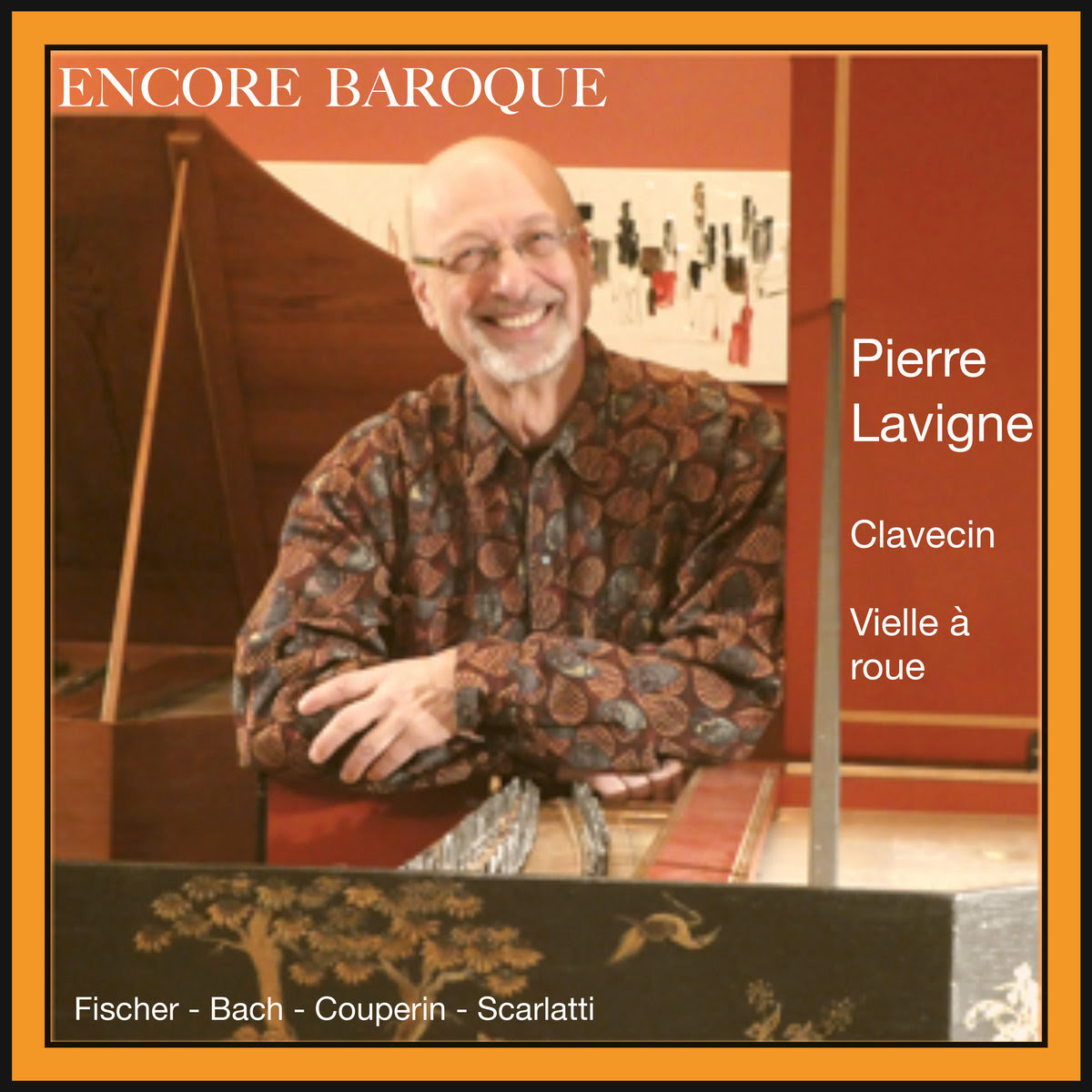
Harpsichord and baroque Hurdy-gurdy

Harpsichord and baroque Hurdy-gurdy
BIO
Graduating in performance from the Vincent-d’Indy School–University of Sherbrooke, he received the J.S. Bach prize at the end of his studies. For several years, he studied with Françoise Aubut, a first-prize winner at the Conservatoire de Paris and a student of Alfred Cortot, Marcel Dupré, and Olivier Messiaen. He attended the summer academies in Haarlem, Netherlands, studying with André Isoir and Marie-Claire Alain, and later at the New England Conservatory in Boston with Yuko Hayashi and William Porter. He also holds a degree in art education and has served as a dossier reviewer and workshop facilitator in the arts for the International Baccalaureate, an organization of international education schools. He has around thirty years of experience in teaching music.
For about ten years, he was church organist and frequently accompanied the Ste-Maria Goretti choir in concert. During his courses at McGill University, he studied harpsichord under Sandra Weeks, organ with John Grew, contemporary music with Bruce Mather, and composition with Alcides Lanza.
His interest in a historical approach to music led him to play the baroque hurdy-gurdy. He performs in concert either as a soloist or accompanist. In 2021, he was a collaborating musician for the Baroquelyn ensemble in New York and received a grant from the Conseil des arts et des lettres du Quebec.
In recent years, he has produced and recorded two harpsichord albums. Critics have praised his playing as “demonstrating his knowledge and talent in historical interpretation, his elegance… an admirable sensitivity, a softness, and a beautiful practice of articulation and ornamentation.” — La Scena Musicale
Since 2022, he has been working on specific projects by designing and implementing baroque music days, where awareness workshops and concerts are presented.
About the instruments

Harpsichord
The harpsichord, a plucked string instrument, knows how to be expressive in its own way. All this expression is well defined particularly by François Couperin (Le Grand), in his publication: L’ Art de toucher le clavecin. If the sounds cannot be prolonged as much as one wants, the attention is focused on the articulations as well as on the various ornaments or aggregations which makes it possible to seize the expression. Music for the harpsichord developed in a preponderant way between the 16th and 18th centuries. Consequently, it is the instrument « par excellence » of the baroque period not only for keyboard music but also for chamber music, which was characterized by small ensembles. The harpsichord used by Pierre Lavigne is a reproduction of one of the rare French harpsichords, a Vaudry, dating from 1681 that has come down to us with some original parts and is currently kept at the Victoria and Albert Museum in London.

Hurdy-gurdy
The hurdy-gurdy appeared around the 11th century. We don’t know precisely its origin but it was used during all the Middle Ages. Around 1720, and for forty years, it became the main instrument of court of Versailles. The fact that the queen, Marie Leszczynska played it certainly contributed to this. It became the ideal instrument for the Concerts Champêtres, music very much in vogue at the court. On the hurdy-gurdy, the bow is replaced by a wheel and the fingers no longer touch the strings but a keyboard that activates the mechanics for the production of each note. The hurdy-gurdy used by Pierre Lavigne was made by the French maker Jacques Grandchamp.
Concerts & Activities
« Without music, life would be a mistake ». F. Nietzsche
NEXT CONCERTS AND ACTIVITY:
2025
new videos on YouTube
clavecin: https://www.youtube.com/watch?v=13bYgrZoUtw
vielle à roue et clavecin: https://www.youtube.com/watch?v=Pbxh1Ngoi8c
2024
Sept. 15th : Espace culturel St-Gilles: espaceculturelsaintgilles.com
May 25th: Centre culturel de Brossard: Vielle à roue
April 24th: Maison de la Culture Villebon (Beloeil): La journée Baroque
Receive news about me
Purchasing music

ENCORE BAROQUE 2 – 2023
